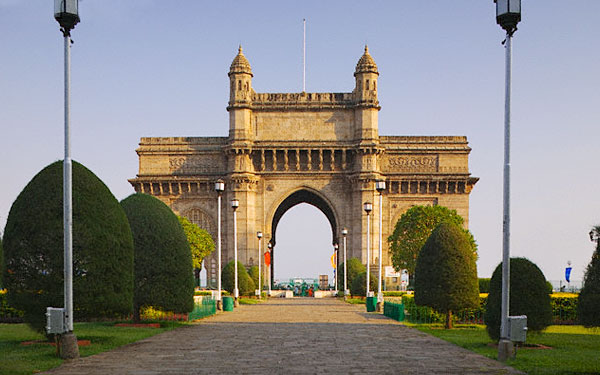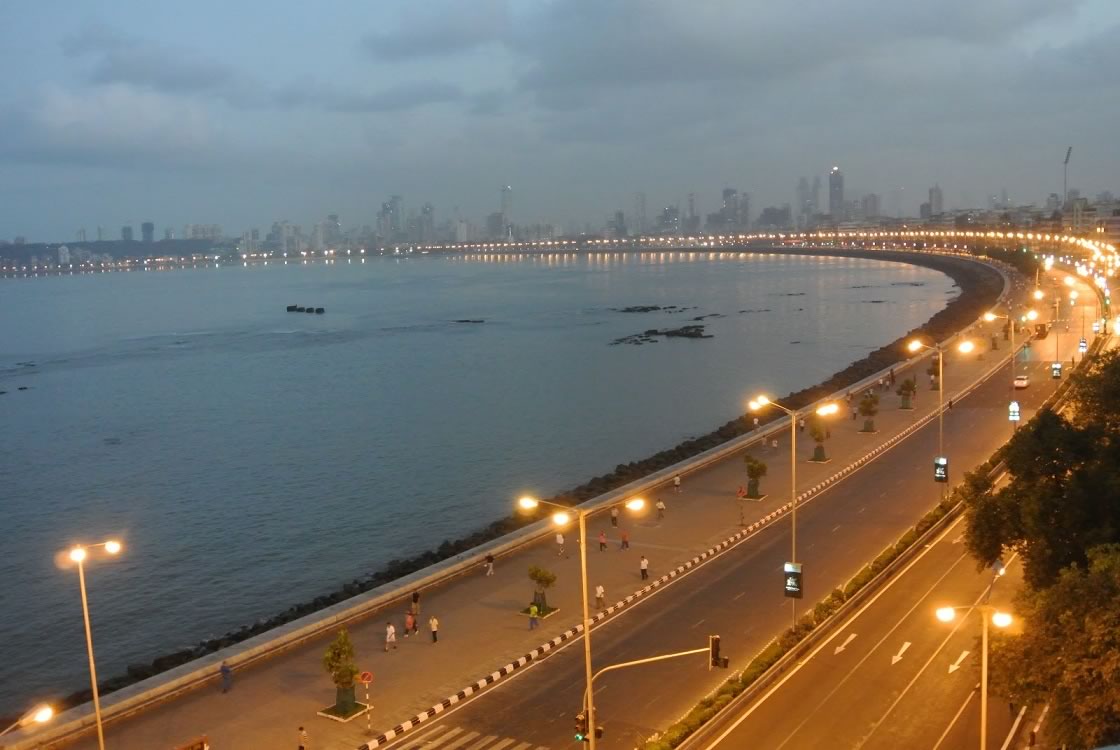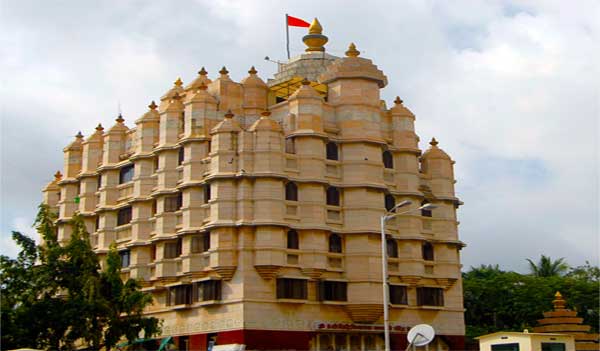India /Maharashtra /Mumbai City /Mumbai
Sight Address : Archaeological Survey of India Museum, Mumbai.Edit
Detail InformationEdit
The Archaeological Survey of India performs the work of exploring, excavating, conserving, preserving and protecting the sites and monuments of national and international significance in the country and hence is categorized under the Department of Culture. It is an Indian government agency that is basically a section of the Asiatic Society of the British and founded by the famous archaeologist Sir William Jones on 15th January 1784. This Asiatic Society started to publish a journal called The Asiatic Researches from 1788 and Sir Alexander Cunningham handled the Society for about 14 years along with the assistance of the then Viceroy Canning. After India became independent, the Society was regarded under the Ancient Monuments and Archaeological Sites and Remains Act of 1958. Currently, this Survey considers about 3636 monuments that have been announced to be of national importance and are regarded as per the Antiquity and Art Treasure Act 1972.
HistoryEdit
Archaeological and historical pursuits in India started with the efforts of Sir William Jones, who put together a group of antiquarians to form the Asiatic Society on 15th January 1784 in Calcuta. The efforts put by Jones had a long backing, of enthusiasts and dilettantes like Tavernier, Finch and Bernier, Thevenot, Careri, Fryer, Ovington, Hamilton, Anquetil du Perron, Joseph Tieffenthaler, William Chamber, to name a few, who carried out survey of monuments in various parts of India, earlier.This endeavour put forward by Jones culminated in the publication of a periodical journal named, Asiatick Researches started in 1788. The journal brought to light the researches, surveys carried out by the society to make the public aware of the antiquarian wealth of India . The continuing fieldwork soon brought to light many antiquities and other remains which were later housed in a museum in 1814. Later, similar societies were started at Bombay (Mumbai) in 1804 and at Madras (Chennai) in 1818.The identification of Chandragupta Maurya with Sandrokottos of Greek historians by Jones enabled to fix a chronological horizon of Indian history. This was followed by the identification of Pataliputra (Palibothra of classical writings) at the confluence of the Ganga and Son. The decipherment of Gupta and Kutila script by Charles Wilkinson was a landmark in this aspect. Many individuals like H.T. Colebrooke, H.H. Wilson, Sir Charles Warre Malet, Lt. Manby, William Erskine, Collin Mackenzie contributed enormously in furthering the research and documentation.The appointment of Francis Buchanan in 1800 by Marquis of Wellesley to survey Mysore was a positive step by the then government. In 1807 he was engaged to survey monuments and antiquities in parts of present day Bihar and Uttar Pradesh. The repair to the monuments were not thought of during this period and very sparsely certain monuments like Taj Mahal, Fatehpur Sikri and Sikandara were repaired. The Bengal Regulation XIX of 1810 was the first attempt to make the government to intervene in case of risks to monuments through legislation.In 1833 James Prinsep became the secretary of the Asiatic Society. His most eventful achievement is the decipherment of the Brahmi and Kharoshthi scripts between 1834 and 1837. The identification of Piyadasi with Asoka and the contemporary kings mentioned in his Rock Edict XIII enabled to fix a clear chronological bench mark for Indian history. The excavations at Manikyala stupa (now in Bangladesh) in 1830 and in sites in the Indus – Jhelum region in 1833 and 1834 revealed Buddhist relics and through coins a new ruling family, the Kushanas was identified.
Must SeeEdit
Attraction.
Visiting TimeEdit
N.A.
Closed OnEdit
N.A.
Best Season to VisitEdit
October to March.
Best Time To VisitEdit
Morning , Afternoon , Evening.
Time Required for SightseeingEdit
N.A.
Ticket Required : No Edit
Individual National Adult Rs. : N.A.
Kids Rs. : N.A.
Individual Foreigner Adult Rs. : N.A.
Kids Rs. : N.A.
Still Photo Camera Rs. : N.A.
Video Camera Rs. : N.A.
Guide Required : No Edit
Approximate cost: N.A.
Dress Code (If Any) : No Edit
Dress Require: N.A.
Restaurants NearbyAdd / Edit
How to ReachEdit
Taxi : Metered taxis are a useful mode of transport in Mumbai. Since they are metered, they are economical and also relatively comfortable. However night fares are more expensive and charts for calculating fares are available online. It might be sensible to use one particular taxi throughout the stay, as most taxi drivers have mobile phones they can be contacted easily. While the regular tariff is Rs 14 per km, the night charges is around Rs 18 per km. Private taxi services are also available and they ply according to the government rates. Some of the main operators are – Meru Taxis- Contact No (+91 2240520100), Mumbai taxi- Contact No (+91 2244224422), International airport cabs Contact No (+91 228366767), Domestic airport cabs-Contact No (+91 226152257), Classic taxi service- Contact No (+91 93711067115).
Bus : BEST bus services are second most extensive intra city transport system. Mumbai has an excellent road transportation system. State owned buses connect Mumbai to all neighbouring points. Many Deluxe and Super Deluxe buses are available to travel in and out of the city. Bus fare is about Rs 3 to 4 per kilometer.
Train : Mumbai is the headquarters of Indian railway system. Chhatrapati Shivaji Railway Station is the major one which connects all most parts of Indian cities to Mumbai. Other railway stations in Mumbai are Dadar and Kurla, and Churchgate. Suburban railway is the backbone of the transport system. Three main railway lines connect most of the city. Trains are always on time and economical, however they might be crowded in peak hours. The basic fare may range from 5 INR to 100 INR. The trains run from 4 am to 1pm, and there are trains arriving at the station every five minutes. It is also advisable to take care of valuables even in the first class section. Rush hour constitutes office timings from 8 am to 11 am and 5 pm to 7pm. The traveller should avoid the rush hour. Women travellers can make use of the separate women compartments and they might be less crowded than the general compartments.
Air : Mumbai has its own domestic and international airport, known as Chatrapati Shivaji international airport , Located 30 km from centre of the city, Nariman Point and 4 km from the domestic terminal of Santa Cruz, this airport operates 24X7. Almost all airlines provide services to Mumbai. Mumbai is well connected to all major cities in India and also connected to many cities abroad including Singapore, New York, Bangok, Hong Kong and to many gulf cities. Taxi and Autorickshws is easily available from airport to City. Inquiry number for domestic airport – 26264145/26264000. Airlines no. GoAir- Tel.No:55420082, Jet Airways- Tel.No:22823275, Kingfisher Airlines Ltd- Tel.No:56499393 Ph No: 011-3295126. Air India -Ph: 91 22 2279 6666, Air Sahara- Ph No: (022) 22836000, (022) 56981111.
Others : Auto richshaws: The auto rickshaws of Mumbai are the most common means of transport and are cheap also. they charge Rs 9 for the first 1.6 km and Rs 5 for km covered afterwards. The night charge is 25% more of the total charge. However, one needs to be careful as these auto rickshaws use longer routes in order to increase their fare amount.
Things to CarryEdit
- It is advisable to take lots of drinkable water with you from Mumbai itself. And also camera.
Safety / WarningEdit
- All Travellers should be absolutely careful about their handbags and mobile phones.
- For women, where available, use women’s only areas/compartments on public transportation. Never ride in the general men’s compartment.
- If not taking a prepaid taxi or a metered taxi/rickshaw, negotiate the fare before taking off.
HelplineEdit
- Police Control Room : 100
- Crime Branch Mumbai : 103
- Navi Mumbai Police Station : +91-22-27600101
- Ambulance : 102
- Fire : 101


